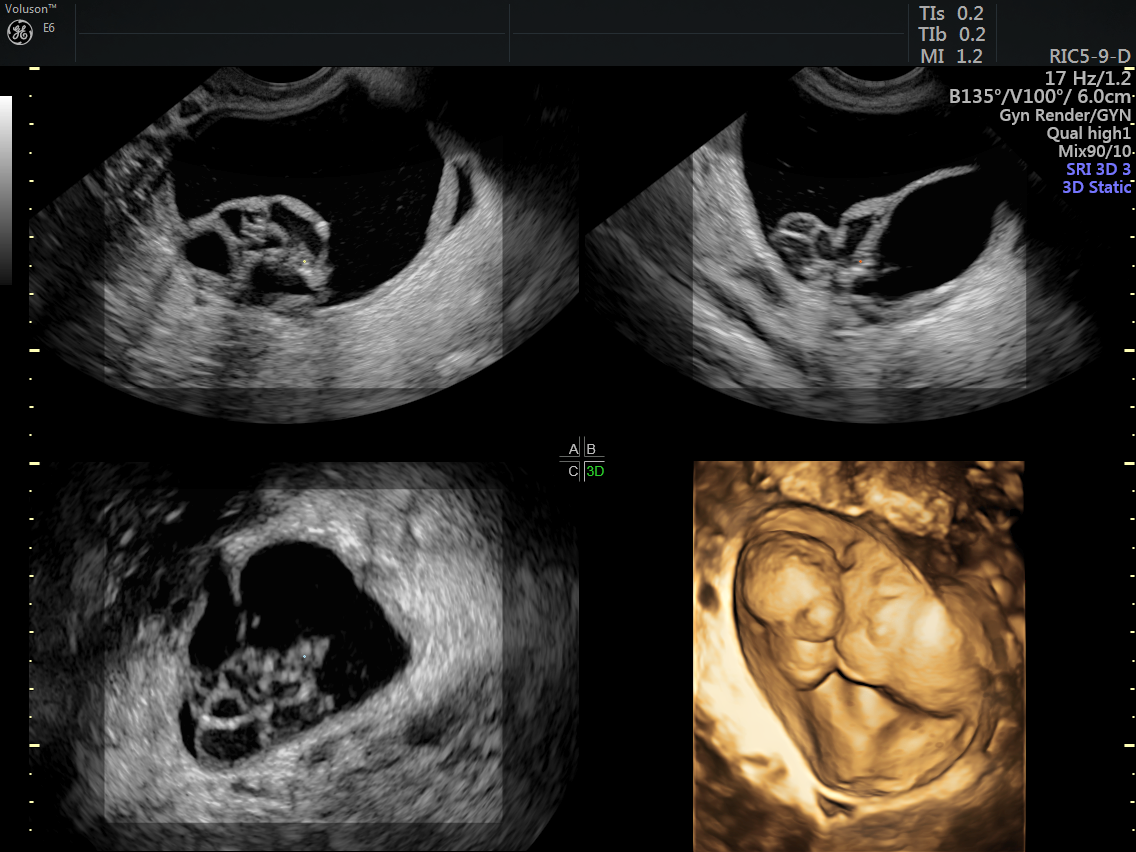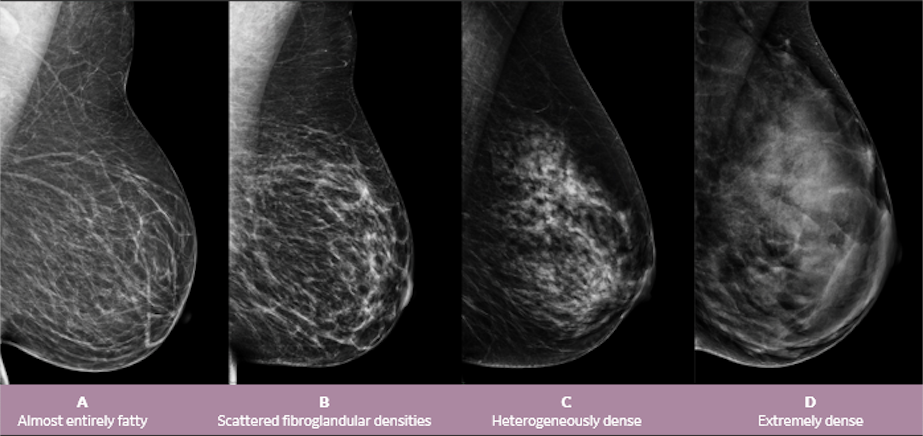Hormone replacement therapy (HRT) is commonplace as a treatment for menopause symptoms, but it's important for patients to know its risks before starting this regimen — especially given the connection between HRT and certain cancers. Here's how clinicians can discuss these risks with patients and monitor the health of those who choose HRT.
Postmenopausal HRT and Breast Cancer Risk
While hormone replacement therapy is now used for the management of menopausal symptoms such as vaginal discomfort and excessive sweating, it was previously used in long-term applications to prevent conditions such as coronary heart disease or osteoporosis, although that practice is not currently recommended.
An increase in breast cancer risk among women who use HRT was first discovered in 2002 as part of a randomized clinical trial by the Women's Health Initiative. A meta-analysis in Oncotarget shows that HRT is consistently associated with an increased risk of breast cancer, regardless of the form of hormone treatment: estrogen therapy, estrogen-progestin therapy or tibolone.
Current research suggests that estrogen-progestin therapy (EPT) is associated with a higher breast cancer risk than estrogen therapy alone. In fact, the Oncotarget study found no association between progestin therapy and risk of breast cancer. A study in the British Journal of Cancer found that women taking combined HRT (EPT) were 2.7 times more likely to develop breast cancer. The authors state that previous studies may have substantially underestimated this risk.
Postmenopausal HRT and Ovarian Cancer Risk
Hormone replacement therapy is also associated with a significantly increased risk for ovarian cancer in postmenopausal women, according to a meta-analysis from the Collaborative Group on Epidemiological Studies of Ovarian Cancer published in Lancet.
Some clinicians are hesitant to prescribe HRT after treatment for ovarian cancer due to the concern that hormone therapy may stimulate angiogenesis and residual ovarian cancer cells or induce new hormone-influenced diseases like breast cancer. However, a few studies assert that this worry isn't always justified. A survey of providers published in the Upsala Journal of Medical Sciences found that only 30 percent of gynecologists surveyed were comfortable treating patients with endometrial or ovarian cancer with HRT, but that 58 percent of participating gynecologic oncologists were comfortable prescribing HRT in that same situation. The authors emphasize the need for education so that clinicians can understand when they should be cautious about hormone treatment and when it is an acceptable option.
How Can Providers Best Care for Patients Undergoing HRT?
With patients who take HRT for menopausal symptoms, you may wish to follow them more closely in order to spot signs of breast or ovarian cancer early on. 3D ultrasound can be a valuable tool in this monitoring.
3D transvaginal ultrasound improves diagnostic accuracy when assessing ovarian cancers. It provides higher sensitivity and specificity when identifying suspicious adnexal masses when compared to conventional ultrasonography.
3D breast ultrasound in addition to mammography is highly accurate, allowing for a more sensitive and detailed screening for breast cancer, especially for patients with dense breasts. This ability may make breast ultrasound even more valuable for patients undergoing HRT; research has shown that initiation of HRT increases parenchymal breast density. High breast density has been found to be an independent risk factor for cancer, and increased density reduces the accuracy of mammography alone.
Providers must carefully counsel patients about the risks and benefits of postmenopausal hormone replacement therapy, including the increased risk of developing breast or ovarian cancers. When patients choose to manage menopausal symptoms with HRT, you can put their mind at ease by offering noninvasive breast ultrasound and transvaginal ultrasound to proactively screen for cancer and monitor these risks throughout treatment.

3D ultrasound ovarian mass

Women with dense breasts have a higher risk of breast cancer than women with fatty breasts.
As shown above, the C and D dense breasts contain more fibroglandular tissue than fat. HRT has been shown to increase breast density, and high density also effects the ability of a radiologist to read a mammogram.


